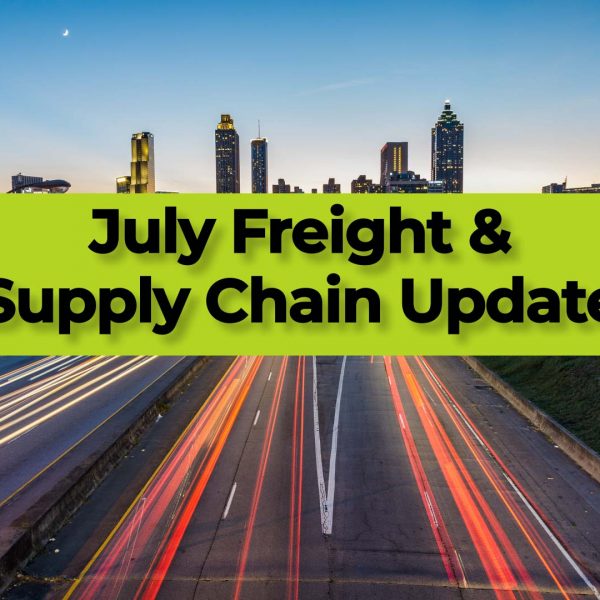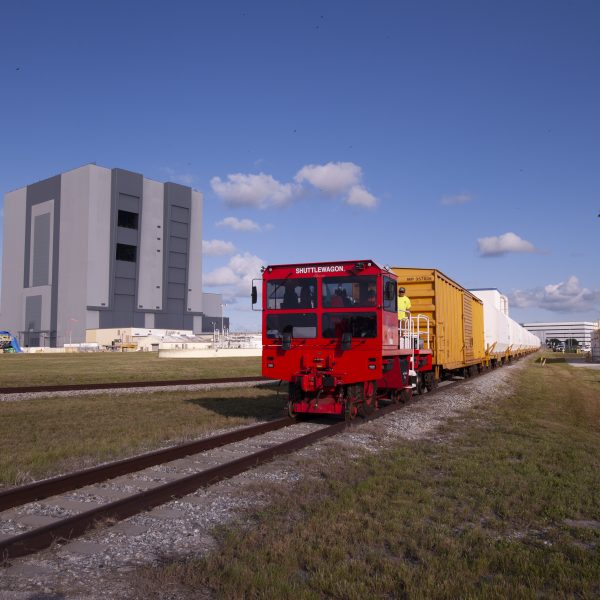Overnight shipping has become a staple and a massive competitive advantage for top e commerce giants. It’s no secret how much amazon is willing to invest to make sure nearly all their products have two day shipping and they are currently pushing one day shipping for many locations.
The vast majority of people don’t realize the complicated ballet that goes on behind the scenes to make this fulfillment service we all take for granted actually happen.
But how does the product you just ordered actually get to your location so fast?
Let’s take a look how the “amazon effect” actually works….
The setup: Getting to the Distribution Centers
Before your product is ever ordered or shipped there is a lot of setup involved to position inventory. Nearly all retailers use a strategically located network of distribution centers to be the hub for their spoke delivery model. When products are imported typically your freight will travel via ocean carrier or occasionally air freight to the United States, then depending on the port of entry and the destination warehouse a selection of trucking and intermodal lanes provide the long haul domestic transportation.
Typically for FTL/FCL (Full Truck load/ Full container load) the ocean freight containers that arrive in US ports are 20 or 40ft ISO spec international containers, an increasing percentage of freight is now transloaded from these international containers into 53 domestic containers for intermodal transportation or into 53ft dry vans. For freight that is not highly times sensitive this provides a cost savings as the content of three 40ft international containers can fit into two 53 foot domestic containers. A little less than half of the freight volume travels to the distribution centers in the international containers, typically this is freight that is more time sensitive or that is at the weight limit for containers, thus transferring into a 53ft container for extra volume wouldn’t provide any benefit as the max weight has already been reached.
Another benefit of transloading freight from international into domestic containers is that it allows shippers to mix and match freight that is headed to different inland centers, for example you could have one international container of product A and one of Product B, then when transloaded into domestic containers you load a mix of both products AB into each domestic container that might be headed to drastically different domestic locations.
Distribution centers represent a major physical footprint and investment for major retailers and often mark the effective territory of particular chains.
The Fulfillment Race
When an order is placed for an item this triggers the start of a relay race to get the product from the distribution center to your front door.
This segment of the journey can take several forms, for locations further away from the distribution center a truck is sent from the distribution center to an airport where your package will be either loaded into the belly of a passenger plane or into a dedicated cargo plane. Once the plane completes it’s journey, the cargo is again unloaded and transferred into a truck. Typically this truck which is generally operated by a parcel carrier such as UPS or FedEx is taken to another sorting facility where the packages are sorted and transferred to the delivery truck.
For less expedited shipping, many times UPS and FedEx will use intermodal transportation between their hubs for the long haul portion of the trip in place of the faster but much more expensive air freight.
Technology
Technology has become the digital backbone of the relay race, software systems and tracking allow for the required communication and effortless data exchange to facilitate the various shipment legs that are required.
Warehouse management systems and RFID scanning has made inventory management much easier, the more advanced retailers use computer systems that automatically request inventory replenishment when you purchase an item, effectively automating the maintaining of inventory at a particular store.
Automation has transformed warehouse management as well as the sorting process by automatically processing parcels using their scan codes and sorting them very quickly into the appropriate bin for loading into the vehicle. These scanning systems are also what generate shipment tracking updates that most e commerce sellers provide to users.
Many hands in the race
Along the shipment lifetime for any package, there are generally many players that have had a hand on the package. Assuming the product was produced in a foreign factory, the first step was likely a trucking company moving the products from the factory to the port for loading onto a cargo ship. At this point your shipment is under the care of one of many ocean carriers commonly known as steamship lines. Capacity on these ocean lines is secured by freight forwarder who will consolidate multiple shippers’ products to group buy space onboard a ship for passage.
Once the ship arrives in for example the port of Long Beach, CA, massive cranes will unload the containers and place them into a container yard. Once the shorthaul trucking carrier arrives, these drayage providers as they are known will take your container from the container yard to either a warehouse for transloading into the domestic containers or directly to railyard for loading onto an intermodal train. Less than a third of containers are moved to their final destination warehouse or distribution center by the drayage provider within a few hundred miles of the port of entry.
Assuming your container moves by rail, the rail carrier then oversees the shipment being loading onto the train, during the train route then offloaded again. Another drayage provider will then move the shipment to the distribution center.
And this is all before you even order the product!
Once you order the product, typically a parcel carrier will Pick up the package and maintain control of it in their network, this process as per above can take several forms and involves potential air, rail or trucking then further sorting and consolidation before being loaded onto a delivery truck headed to your front door.
What we all take for granted requires a lot of investment, planning, collaboration and hard work!
Zmodal provides many service options for moving freight between ports to distribution facilities or domestic manufacturing facilities to ports and distribution centers typically via intermodal rail movements.
Stay tuned for more blogs and updates from Zmodal. If you would like us to help optimize your supply chain with the latest technology let us know. Moving freight has never been easier with our digital intermodal and trucking platform that is used as a customer shipment dashboard for our customers!



